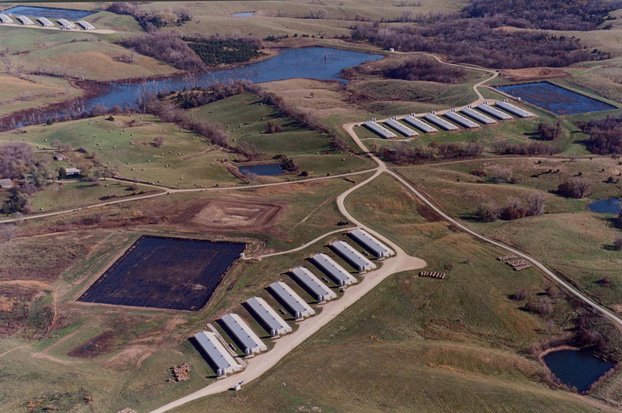Pig Industry most widely providing potential fulfill for the food life cycle across the world. Pig producing countries, such as China itself, the US, Brazil, Spain, and Russia, there are challenges for the industry
addressing the challenges in the this industry must be benifical for triangle, which indicated three vertical health of the pigs and production, benifits for the farmer and shtakholder and the environment.
In the year 2021, this industry seeking the benefit in diffrent ways that meet these concerns and offer the opportunity for improving processes, increasing productivity and efficiencies while making the animal production process safer for both humans and animals alike.
IOT, AI, Sensors & Robots
In this industry to see the challenges to overcome, production process using improved technologies such as robots and sensors and auto cleaning process for pens in the form.
A cleaner environment rid of mites, fungal spores, and bacteria, will lead to healthier pig production. Detecting the pig’s heat to help farmers track the sows for production process & meat processing, cutting, and packing.
remotely identifying pigs and maintaining accurate records, creating an individual report for each pig on the farm.
Finding the pig’s cycle and heat process is a challenging task, using technology that monitors animal activity and movement and can detect heat cycles, in Pigs. and also Correctly monitor ammonia concentration and adjust the ventilation system as needed for pig comfort.
Tracking these animals and keeping track of their movement and consumption of food would be an intensive process. collect data on each pig maintaining records of the breed, age, weight, movement, and drinking and eating consumption. AI vision technology use voice recognition software to listen to the herd. The system can determine if a pig is falling ill by listening for sounds such as coughing. It can also lower piglet mortality by 3% by listening for squeals of piglet distress, which happens when a mother may be accidentally smothering one of her litter. The technology allows the farmer to monitor weight and growth on a daily basis, and adjust feed plans based on target growth rates and monitor pigs for 24/7 information on vitals, behaviors, and biometrics, and connects farmers constantly to their herd by providing real-time data analysis.
Tail biting is a common concern among pig farmers. It causes stress, pain, and sickness for bitten pigs which can result in economic losses for producers. The precision of the technology improves overall efficiency by allowing farmers to mark animals that are at the ideal shipping weight, reduce feed costs when animals do meet the target weight, administer medications accurately and in a timely manner and eliminate underperforming animals or the sows that produce them.
vission technology It can record video, or even be placed on equipment for a safer view of how a system or operation is working. Augmented reality allows the headset to show the viewer documents, checklists, etc. for easy reference with applications for auditing and inspecting, allowing farmers and producers to follow the process remotely and also in testing, inspecting, and certification (TIC).

Cloud servers, traceability online documentation system which allows you to hold records of transactions in distributed ledgers maintaining confidentiality for all of the people involved in the transaction. Multiple applications exist for its use in the food and agriculture industry since it offers traceability and increased food safety, better payment systems, lower costs of production and logistics, and opportunities for new ventures and business growth. verifying the entire track end to end quality and authenticity throughout the entire pork production process.
In order to grow plants, feed animals, produce food with minimal inputs cannot be achieved without considering the implementation of several if not many of the 8 digital all working together to maximize efficiencies, reduce errors and increase profits. This is often referred to as smart farming. Connected devices or the Internet of Things (IoT) that makes this possible.
Food in order to disrupt and revolutionize modern pig production, it is necessary to implement many technologies and to interpret the information they generate to create actions that result in improved management practices, production efficiencies and to better offerings of pork and pork products that meet consumer expectations.
according to rebecca, there is so much potential for precision technology in the swine industry. The grain guys have owned precision ag and are so far ahead of our industry. It is amazing to think of all the information and decision-making capability they have on individual plants that are worth a few cents and for the most part, we still manage individual animals worth $100+ in large groups.
Our Next article on, How will technology alter and improve the way we produce pork, creating better efficiencies and improving production so that all stakeholders see benefit? and What is the potential for precision farming in pigs, particularly regarding management, nutrition and processing?

